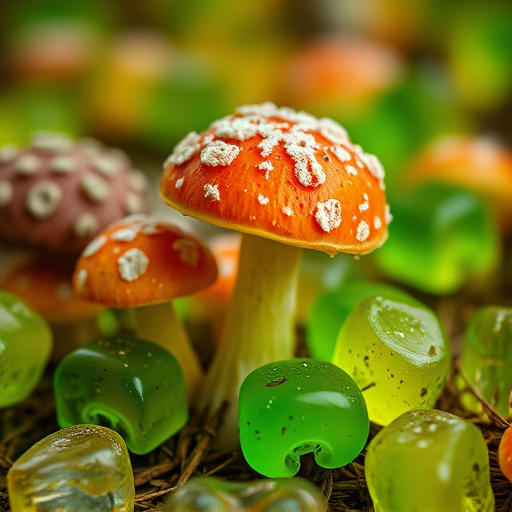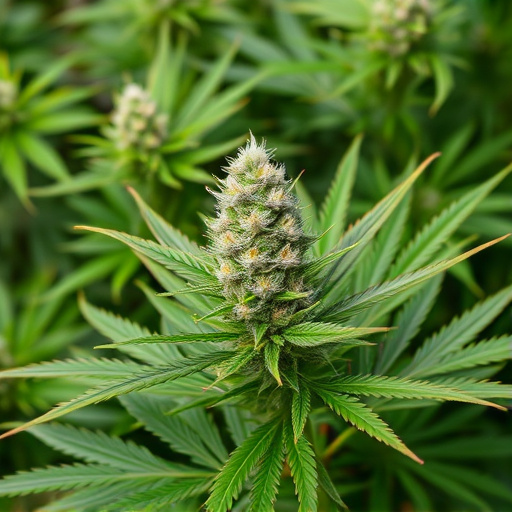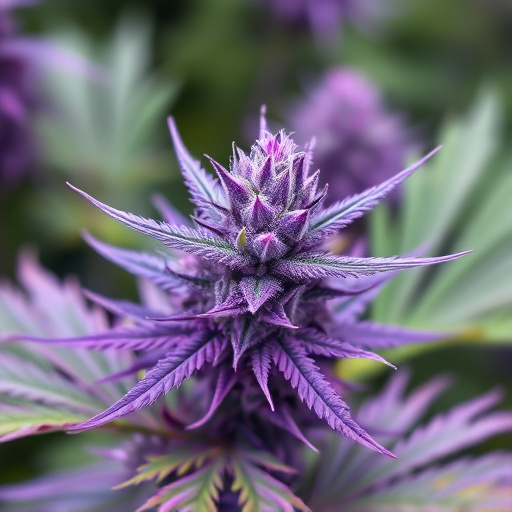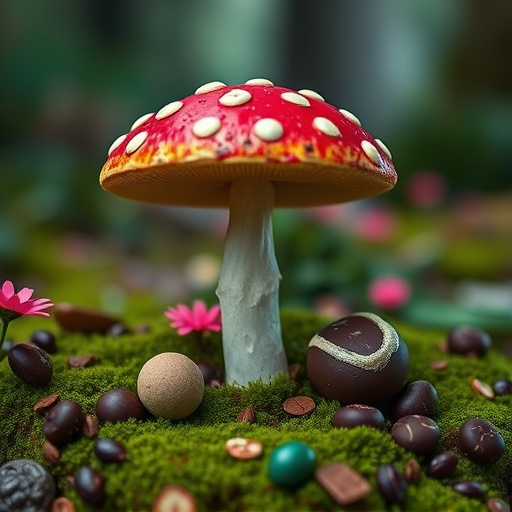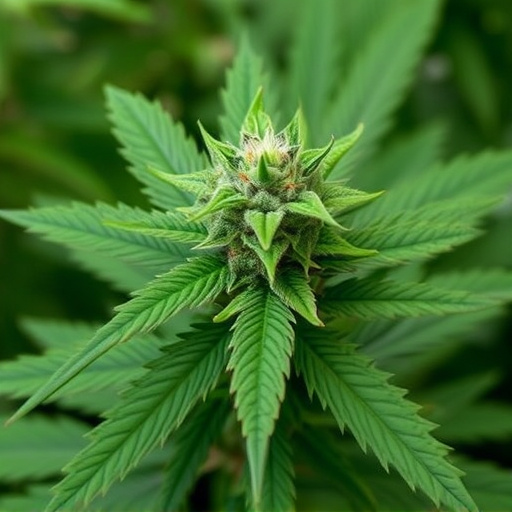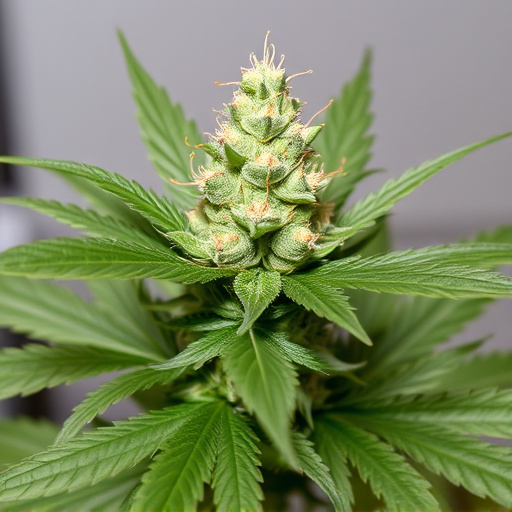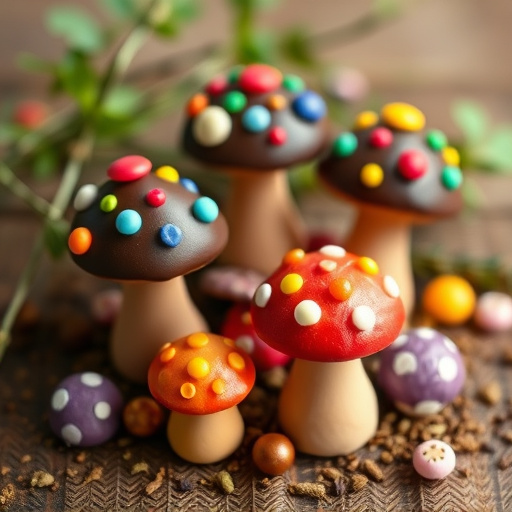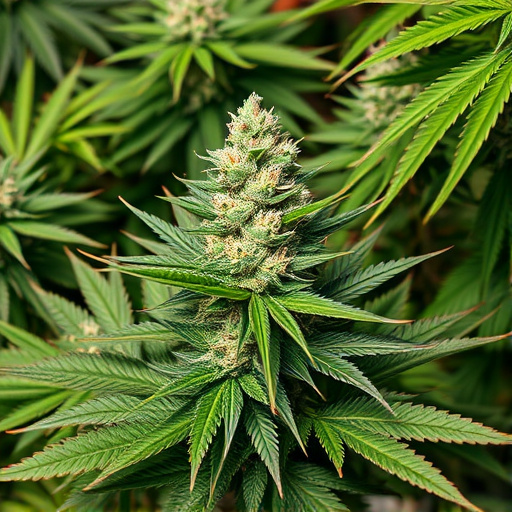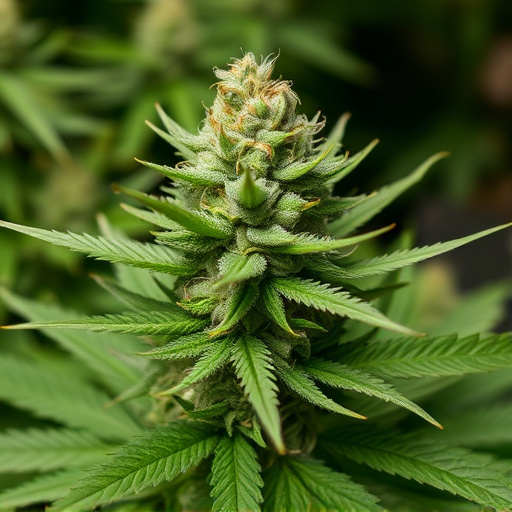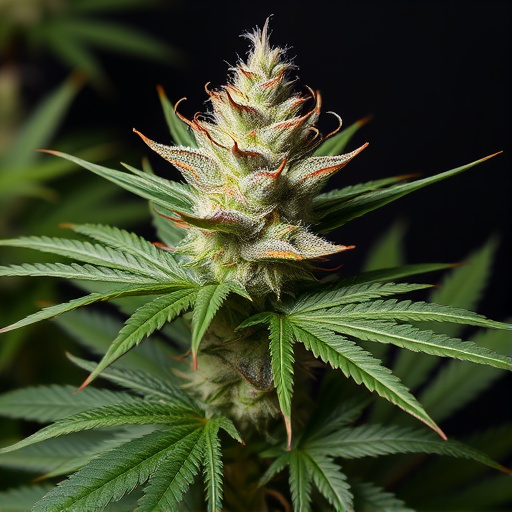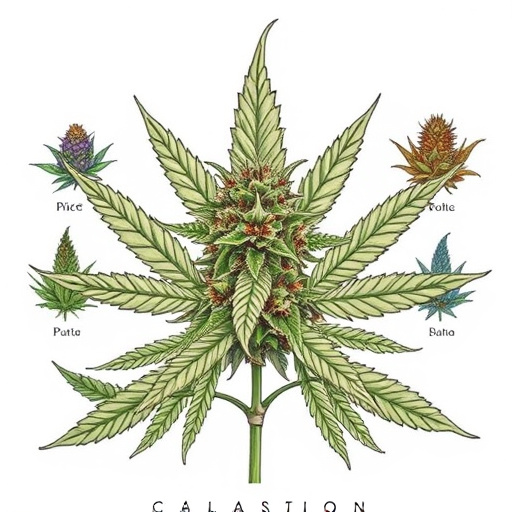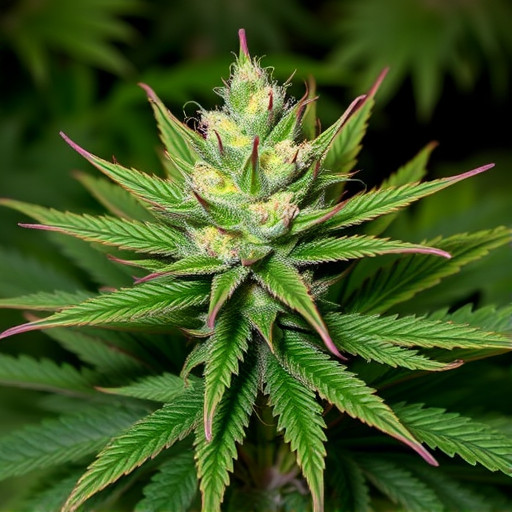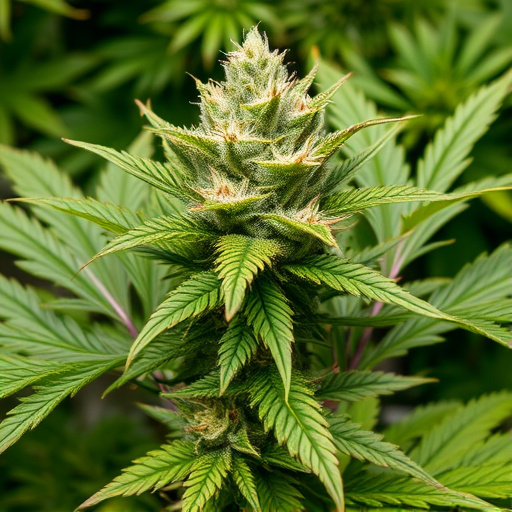Cultivating or buying classic cannabis strains requires scrutinizing visual cues like discoloration and stunted growth for mold or spoilage, which signal quality and potency issues. These strains' unique aromas and flavors can deteriorate over time due to aging or mold, developing musty odors and bitter tastes. Proper storage is crucial to prevent degradation, leading to reduced THC levels and terpenes shift, impacting potency and medicinal value.
“Uncover the subtle signs of moldy or expired cannabis with our comprehensive guide. Visual cues like discoloration and irregular growth patterns can alert you to potential issues, while altered aromas and tastes indicate degradation in quality. Explore how classic cannabis strains may lose their potent effects over time. Learn to navigate the marketplace by identifying these signs, ensuring a safe and enjoyable experience.”
- Visual Cues: Identifying Discoloration and Atypical Growth Patterns
- Aroma and Taste Alterations: When Weed Loses Its Appetizing Profile
- Potency and Effect Changes: Signs of Degradation in Classic Cannabis Strains
Visual Cues: Identifying Discoloration and Atypical Growth Patterns
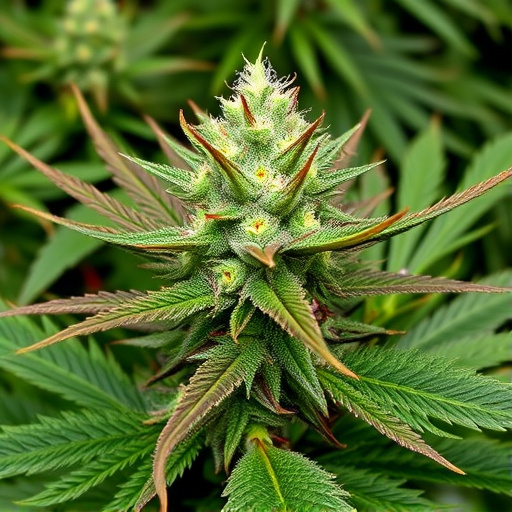
When it comes to classic cannabis strains, one of the most reliable ways to determine if your weed is moldy or expired is by closely examining its visual cues. Molded cannabis often exhibits signs of discoloration, ranging from discolored leaves to a general lack of vibrancy in color. Look for patches of yellowing, browning, or even blackened areas on the plant, which are telltale signs of fungal growth. Atypical growth patterns can also indicate problems; observe if the plants have become stunted, with thinner or misshapen leaves compared to their healthy counterparts.
These visual cues are often the first red flags that something is amiss. If you notice any of these issues, it’s crucial to investigate further and consider whether proper storage methods have been employed. Discoloration and abnormal growth patterns can significantly impact both the quality and potency of classic cannabis strains, so staying vigilant during cultivation or purchase is essential.
Aroma and Taste Alterations: When Weed Loses Its Appetizing Profile
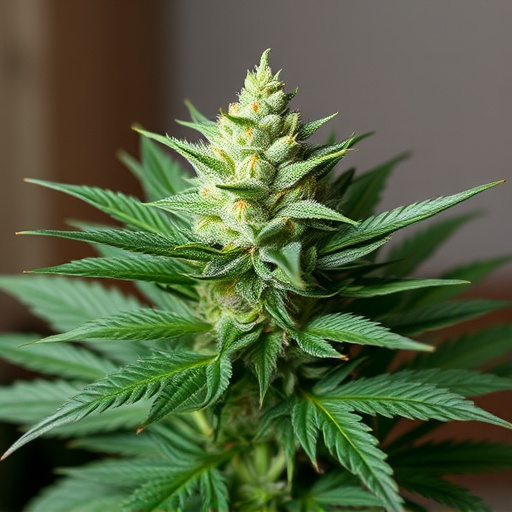
The aroma and taste of cannabis are often among its most appealing attributes, especially for those who appreciate the subtle nuances of different strains. However, as weed ages or becomes moldy, these sensory experiences can take a significant turn for the worse. A once fragrant and flavorful classic cannabis strain may start to emit musty, earthy, or even damp odors, indicating its deterioration. This alteration in scent is often accompanied by a change in taste, becoming bitter, stale, or slightly sour.
These shifts in aroma and palate are clear signs that the weed has lost much of its desirable profile, making it less enjoyable and potentially less effective. In some cases, moldy cannabis may even produce a slightly toxic smell or taste, which should be avoided to prevent any potential health issues stemming from consumption.
Potency and Effect Changes: Signs of Degradation in Classic Cannabis Strains
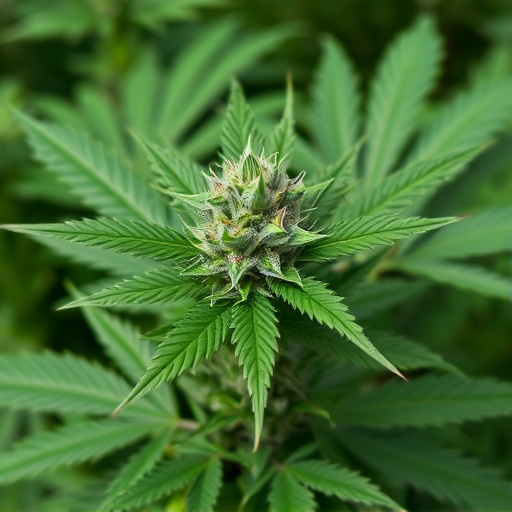
Over time, even the most sought-after classic cannabis strains can start to show signs of degradation, which can significantly impact their potency and effects. This is particularly true for flowers that have been improperly stored or left exposed to less-than-ideal conditions. As cannabis ages, its chemical makeup undergoes subtle changes, leading to alterations in both flavor and high.
One of the most noticeable indicators is a loss of potency. What was once a powerful strain with potent THC levels may weaken, resulting in a milder high. This reduction in strength can be attributed to the natural breakdown of cannabinoids over time. Terpenes, responsible for cannabis’ aroma and some of its therapeutic effects, might also evaporate or shift, changing the overall flavor profile and potentially reducing the medicinal benefits associated with specific classic strains.
When it comes to discerning between fresh, potent classic cannabis strains and moldy or expired products, awareness of visual cues, sensory alterations, and changes in effect are key. By understanding the signs outlined in this article—from discoloration and unusual growth patterns to altered aroma, taste, and potency—consumers can ensure they’re acquiring high-quality, safe, and effective cannabis. Regularly inspecting your strains and being attuned to these indicators will help you avoid spoiled products, ensuring a satisfying and enjoyable experience.
